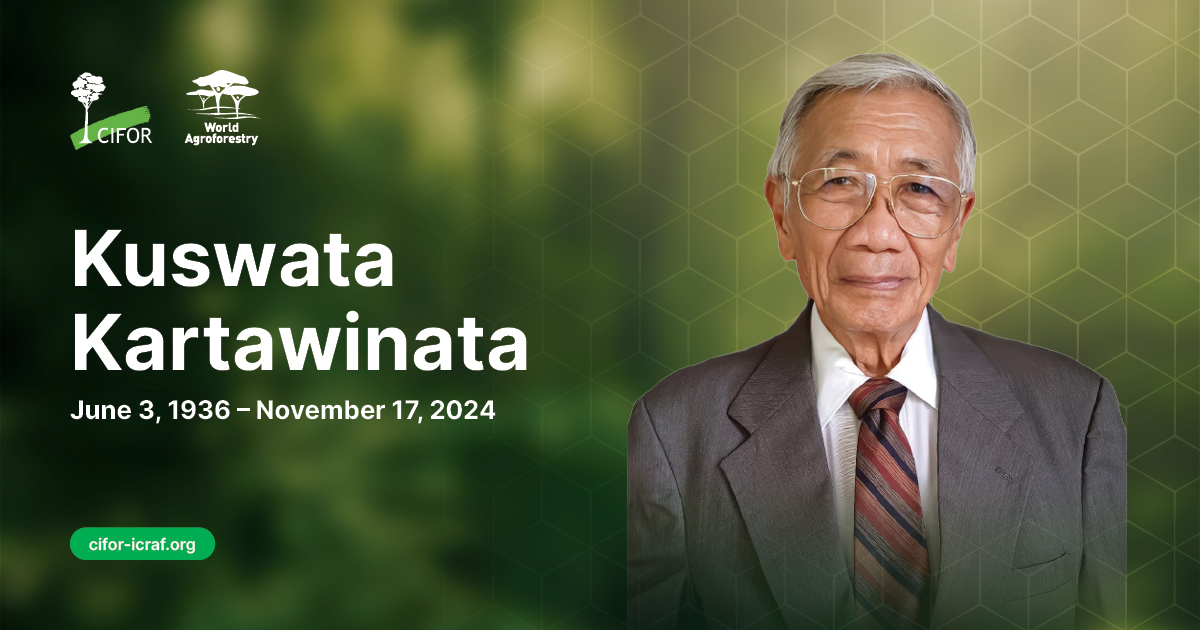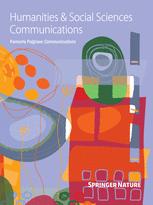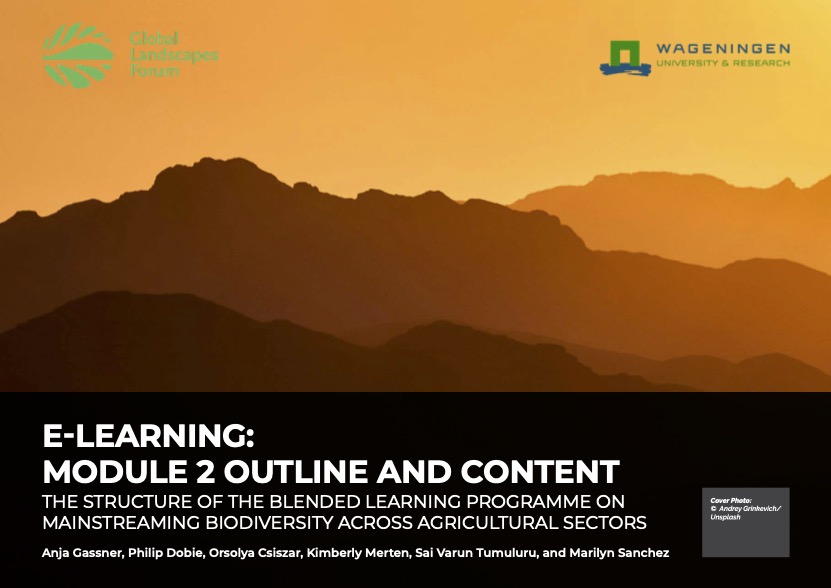Approximately, one-quarter of India’s land area comprises common-pool resources, e.g., pasture land, forests, and water bodies, upon which the livelihoods of over 300 million rural people depend. Despite their importance, these resources are subjected to encroachment and degradation, raising important questions about what can be done to promote their protection and restoration. Since 2001, the Foundation for Ecological Security (FES) has worked with over 7000 villages to secure their rights to the commons, while facilitating collective action and access to finance to promote their restoration. To evaluate the impact of FES’s intervention model, we compare prioritized common land areas in 24 intervention and 24 control villages located in two districts in the state of Rajasthan—Bhilwara and Pratapgarh. We employ Propensity Score Matching (PSM) to control for program placement bias while contrasting changes in key ecological indicators over time derived through remote sensing. Based on data collected through village surveys (n = 48), household surveys (n = 911), systematic biophysical data collection (n = 480), and remote sensing, we find evidence that the rollout of FES’s intervention model (a) was relatively greater in the intervention villages but below expectation; and (b) facilitated significant increases in tree cover and tree and shrub diversity, while significantly reducing encroachment, particularly in the intervention villages intervened before 2011. We further find that the institutional strengthening dimension of FES’s work is a plausible mechanism that gave rise to these effects.
DOI:
https://doi.org/10.1057/s41599-024-04057-3
Skor altmetrik:
Jumlah Kutipan Dimensi:


















